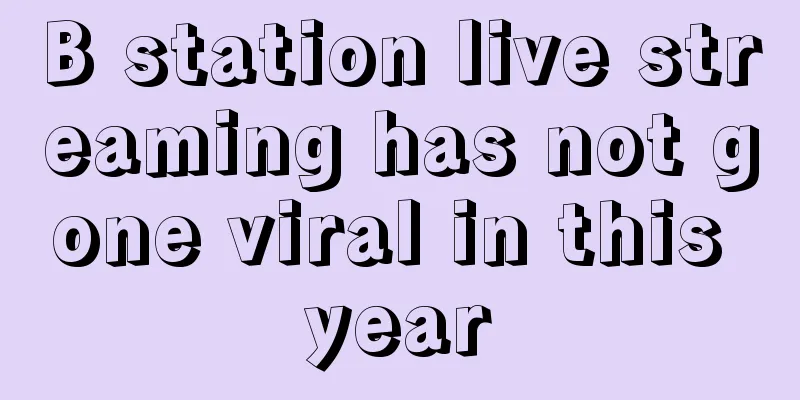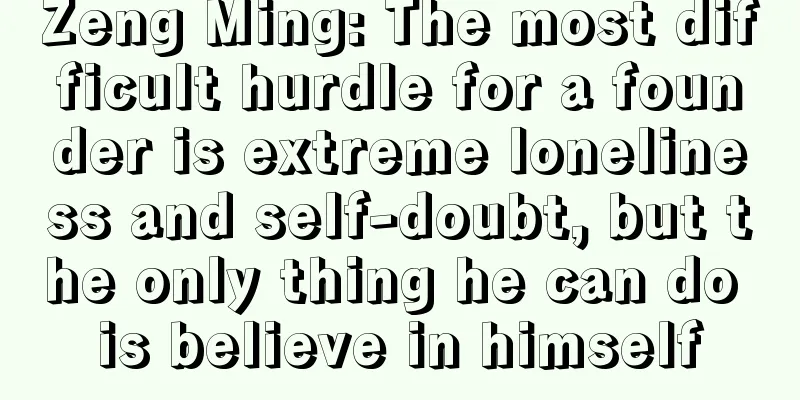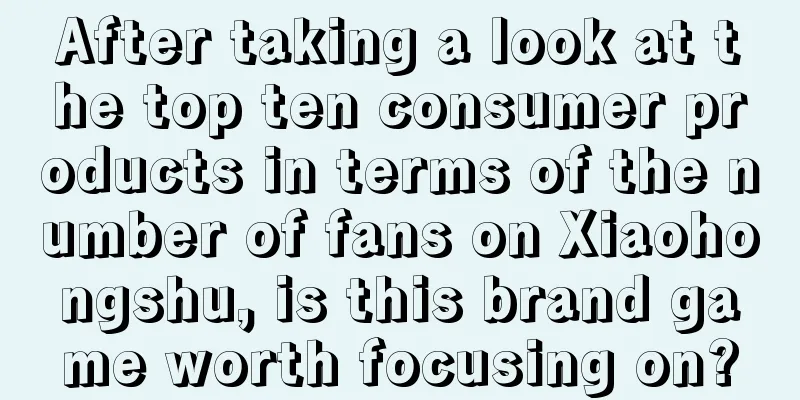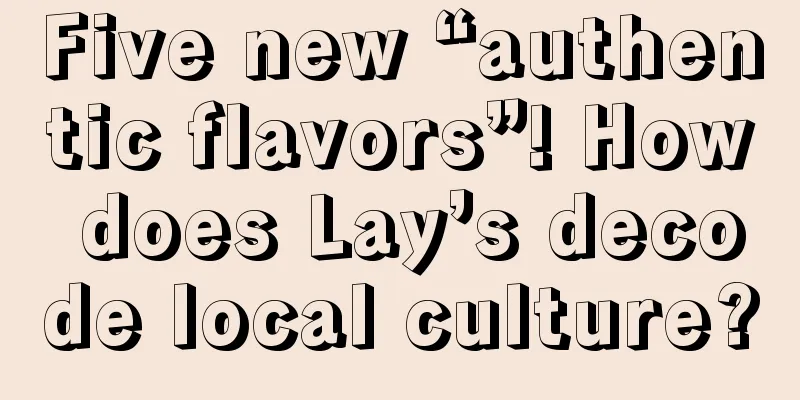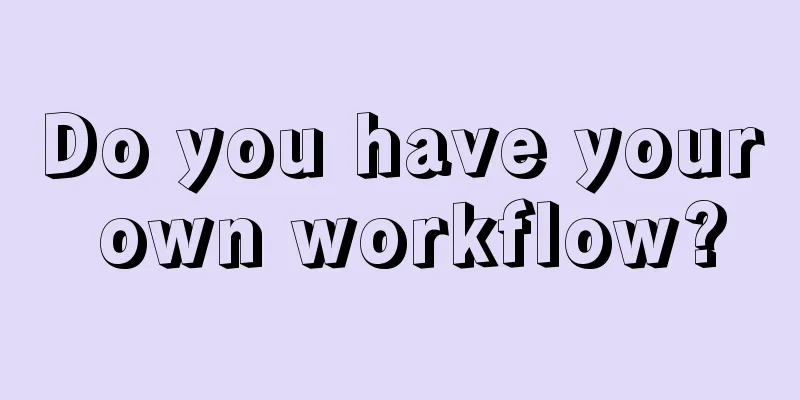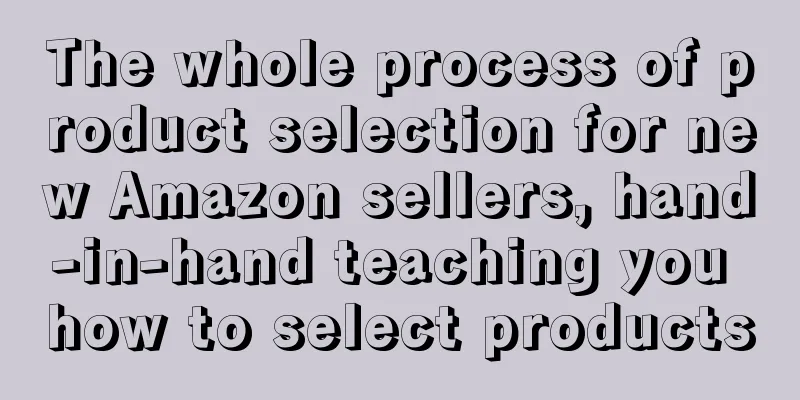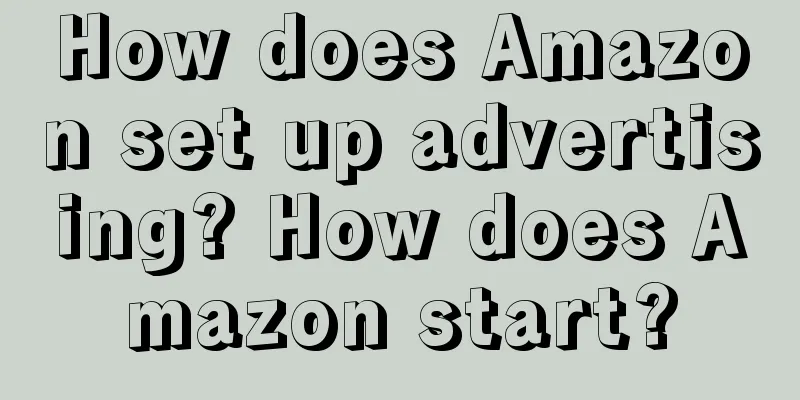Isn't the advertising slogan just a catchy phrase? Why do you charge me tens of thousands of dollars?
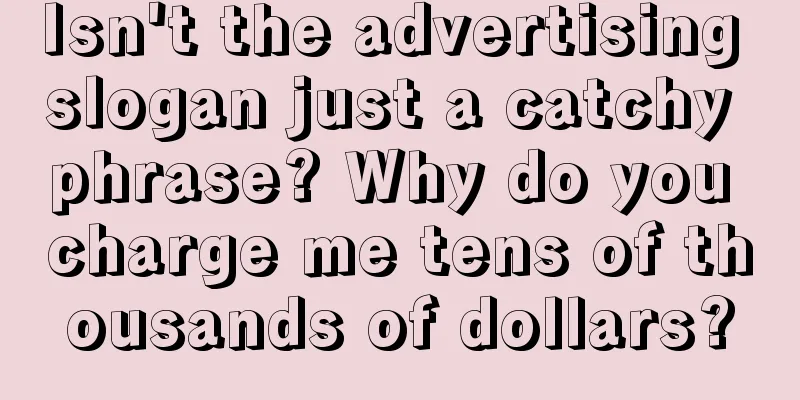
A while ago, a reader came to consult me. He was working on branding for a nut, roasted snack company in Gansu, and was responsible for new product planning and packaging. He asked me about some things about brand building and copywriting. The company this reader works for is relatively traditional in style. The management focuses on production, R&D, and channel sales, and does not invest enough in brands. They believe that brands are empty and that slogans and product selling points can be copied from other companies and can be written by anyone. Therefore, the product slogans he wrote were often modified at will by his leaders, and the final products were roughly like "Have fun anytime, anywhere" and "Good times begin from now on", and there were also similar expressions on the details page. He was very distressed. He knew that such copywriting would not be effective, but he didn't know what to do. He wanted to know how consulting companies wrote slogans for their clients. During the chat, I also sorted out my multi-faceted thoughts on advertising slogans and gained new insights. However, I couldn't form a module after sorting it out, so I used a list to express the main points. 01Usually when we write slogans, we have to consider three levels: insight-expression-effect . Insight: What is the core thinking at the starting point and what problem does it want to solve? For example, is it to express the company's strategy? Or the core value and difference of the product? Or to solve the problem of consumer experience scenario? "Choose Junlebao Youcui for high-end milk powder" expresses the product positioning, allowing mothers to choose better ones. "Fresh breath, you and I are closer" expresses the user value and what effects the product can have. Expression: Emphasis on writing skills, to make the audience impressed and remember better. When writing slogans, Hua & Hua follows several principles from Aristotle's Rhetoric: common sense; simple words; rhythmic sentences or rhymes; and pleasing to people. For example, "If you like cleanliness, live in Hanting", "You love me, I love you, Mixue Ice City is sweet", "Choose Ligo for baking, all items are best-sellers", "We dare to say there is 0 formaldehyde, you can move in after laying out the floor." "If you are afraid of getting a sore throat, drink Wanglaoji" is also a very clever expression. "Afraid" not only avoids advertising risks, but also implies the therapeutic effect of "removing heat"; "Fear of getting a sore throat" is a normal psychological state of Chinese people when eating, and it is also a colloquial expression that is often on their lips. Effect: the effect after communication, what impact it has on the audience. For example, emotional resonance, value identification, or selling point communication and behavior guidance. The effect of "self-discipline gives me freedom" is spiritual resonance, and "chew Yida after eating and drinking" is behavior guidance. Let your audience remember something or do something after reading your slogan. 02When consulting companies write slogans for companies, they are more about sorting out corporate strategies. Slogans are just a breakthrough for the implementation of strategies. What does it mean? Let me tell you a story and you will understand. In the 17th century, the Netherlands was the most powerful maritime power in the world, known as the "Coachman of the Sea". Where did the Netherlands get its first pot of gold? Half of the country's land is below sea level, and it has to reclaim land from the sea. Natural resources are also very scarce. Later, an interesting opportunity allowed the Netherlands to develop. Every year in late spring and early summer, a large number of herrings swim to the coastal areas of northern Holland. This fish is delicious, high in protein and fat, very popular in the market, and a good source of income. The Netherlands and Scotland have fought three wars to grab the herring fishing areas. However, the preservation technology was backward at that time. Even if the fish was fished out, it had to be eaten immediately while it was fresh, or the head and tail had to be cut off, the fish intestines had to be taken out, and finally salt had to be stuffed in for preservation. The latter operation was complicated and inefficient. Fishing was done in summer, and the fish would become smelly if not processed within three days. Later, the Swedes invented the way to eat "stinky herring". At that time, a Dutch fisherman named Willem Bookelson invented a "fish knife" that could cut off the fish head and draw out the internal organs at the same time with one cut, which brought about a qualitative leap in the efficiency of herring processing. The caught fish could be preserved in large quantities, and the Netherlands relied on long-distance transportation to sell to various countries, thus achieving economic and trade prosperity. This fish knife helped the Netherlands earn its first pot of gold and was a strategic breakthrough. When we write slogans for our companies, this fish knife is often used as a tool. Business owners are often very good at their own production, products, and business management, and have clear corporate positioning and strategic planning, but when it comes to the C-end market, they often don’t know how to take the first step or how to open up the situation. No matter how gorgeous the strategic layout is, there must be a fish knife to break the deadlock. Strategy is internal to the enterprise. In the consumer market, it must be expressed in the language of consumers and unique differences and mental memories must be established in order to implement the strategy. The slogan is to help streamline corporate strategies and implement them in market competition. 03When we were serving Suge Fresh Tea before, we had insight into a future trend in the tea industry: fresher fruits, better tea, better milk, and overall it is moving in a healthier direction. Therefore, we put "freshness and health" at the strategic level and designed a slogan: "We only love fresh fruits, not random additives." The brand name was also changed directly to "Su Ge Fresh Fruit Tea", using the name to define the category and brand value. As a result, the client identified the direction of development, and everything revolved around "fresh fruit tea", improving a series of business operations such as product structure, supply chain, production methods, and external communication. This direction was also recognized by the investor Heytea. 04Slogans are refined based on corporate strategies and endowments. Even for the same product, the focus of expression will be different if the company resources are different. For example, I have served several brands of meat sauce for table: Zhongjing Mushroom Sauce, Shuanghui Sauce, and homemade meat sauce of a Hunan cuisine chain restaurant in Guangdong. Although they are all meat sauces, the emphasis of the slogans is different. For example: Zhongjing Mushroom Sauce - Large pieces of mushroom sauce, chewing is more delicious than meat Based on Zhongjing's No. 1 position in the mushroom sauce category and its advantages as a raw material for mushrooms, we designed this slogan to strengthen the category awareness of "Zhongjing = mushroom sauce" and highlight the unique taste of mushrooms. Shuanghui Sauce - Good meat makes good sauce Based on the public's impression that "Shuanghui = the national good meat brand", they emphasize that their meat is good, and use large particles, selected meat, and fresh and fragrant taste to illustrate this. A Hunan restaurant chain in Guangdong developed its own spicy meat sauce - spicy meat is a must, and the sauce is even better with rice The restaurant sells meat sauce to increase sales, and most of the store customers like spicy food, and "spicy food is a must" is an important reason for them to buy. We tell customers that they can take a bottle of hot sauce with them, and they will have an appetite when they eat. 05In terms of slogan expression, Xiaoma Song has summarized four effective slogan sentence patterns:
In fact, there are many forms of effective slogans, and the key is to see what problem they solve. For example, there are positioning types: Feihe - more suitable for the physique of Chinese babies. One of my favorite investment institutions is Tiantu Capital, whose slogan is "Focus on consumer product investment." This is also its positioning, which clearly expresses its investment field. When I was at 36Kr, I came into contact with many investment companies. Most investment institutions tend to invest in certain sectors, including AI, consumer products, industrial Internet, SaaS, and smart agriculture. Tiantu Capital focuses on consumer product investment, so the channels, talents, supply chain resources, experience, etc. in the consumer product field can be reused, and the invested consumer projects can also cooperate with each other and develop better, thus increasing the chances of success and making Tiantu more famous in the consumer investment field. Focus on the consumer sector - attract more consumer projects - cooperate with each other, reuse resources - invest in successful cases - Tiantu becomes more famous - attract more consumer projects , thus forming his strategic growth flywheel and continuously expanding his investment territory. 06The few words "slogan" are not valuable; the insights and strategies behind them are valuable. I read a story before, about a General Motors engine that broke down, and an engineer was hired to fix it. The engineer studied it for a while, drew a line on the outside of the engine, and asked the engineer to cut off the coil inside and replace it with a new one. After General Motors did as he was told, the problem was solved. Then they asked the engineer how much he would charge, and the engineer told him a total of $10,000. The people at General Motors were shocked and asked why it was so expensive? The engineer said: Drawing a line costs one dollar, but knowing where to draw it costs $9,999. The same is true for advertising slogans. The choice of words and sentences at the expression level is not expensive, but the strategic analysis and insights behind it are expensive. The words "If you don't want to get a sore throat, drink Wanglaoji" are not valuable. What is valuable is the strategic positioning of transforming Wanglaoji from a traditional Chinese medicine tea to a beverage that prevents getting a sore throat. The words "Sweep away hunger, unlimited vitality" of Snickers are not valuable and even need to be optimized. What is valuable is the differentiated positioning of Snickers from the "rich-tasting chocolate market" to the "energy bar market that can eliminate hunger." When we say that one's level can be judged by the work, we are not looking at what words or sentences you use, but at what problem you have insight into and at what level that problem is. This can better demonstrate the level of your level. 07Setting a slogan means determining the direction of communication. Subsequent advertising and communication materials will also be implemented in this direction, which involves communication costs. The right direction can continuously accumulate assets for the brand, and each communication material serves the strategic goal, which can continuously generate potential energy. If the direction is off, the more investment, the more waste, and no synergy can be formed. Recently, I have been in contact with several larger companies that need to upgrade their brand systems. This is because the companies neglected brand building during their development, resulting in inconsistent vision and discourse, and a lot of waste. Now they feel the pressure of competition and plan to turn around and reorganize their brands, products, and businesses. In this case, the upgrade will be relatively more difficult. If you can start earlier, you can do it right earlier, so that you won’t be in a difficult situation now and have to cut off your limbs to survive. 08Back to the reader’s question at the beginning, why are the copies he writes always changed at will and fail to pass? The reason is that he has no real insight and fails to demonstrate the unique value of the brand. For example, Qia Qia, which also sells nuts and roasted snacks, chose Hua & Hua as the slogan: Master the key preservation technology. This is based on the company's leading position and technological endowment in the industry. In order to demonstrate its leadership, it defined the "freshness preservation" standard, established competitive barriers, used its small yellow bag flagship products to occupy the product perception of "freshness preservation technology", and used the slanted ribbon symbol to strengthen the brand's perception of technological honor. However, his company is just a regional brand and is not well-known, so it needs to find selling points from its own product features and establish differentiation. After communicating with him, I learned that they have a brand of original melon seeds that sells very well, and also found several good value points. So the slogan can have the following directions, for example:
Of course, these points still need further research. But compared to "anytime, anywhere, happy eating", these slogans convey brand value and will be more popular with consumers when they are put on the shelves. 09What kind of work is needed to write a slogan? You can read a detailed article I wrote before (click on the blue words to read directly): Why is there a question in Xiaoma Song’s interview question "Write a slogan for this restaurant"? 10If you have written a slogan and are not sure whether it is good or not, I have made a slogan self-examination checklist that you can use to evaluate yourself. Insight layer:
Expression layer:
Effect layer:
You can also go through other brand slogans according to this list, and you will feel the profound thinking behind the slogans and the skills of the producers. I hope the above will be inspiring to you. Author: Su Laoshi Source: WeChat public account "Su Lao Shi" |
<<: Ordinary people who write poems on Kuaishou, whose poetry collection makes netizens cry
>>: Tik Tok’s channels have surged, what should we do with our “weak” business?
Recommend
"Divorce Partners" Goes Viral, Exploring Non-Formulaic Content
When traditional concepts encounter the diversity ...
2024, create boss IP
In 2024, boss IP has become a new trend in corpora...
What are the cross-border e-commerce operation and promotion strategies? How to promote well?
The cross-border e-commerce industry has been deve...
In 2023, can outdoor sports reproduce the prosperity of the first year?
Sports and outdoor products must inevitably fall f...
Rethinking Women in Business
On the past Women's Day, PROYA's marketing...
New groups, new scenarios, new trends, and new consumption require new marketing!
The new consumption industry, which rapidly declin...
Before starting a business, learn how to “generate traffic” first!
This article introduces in detail the ways and met...
Can I open a personal store on Shopee? What are the conditions for opening a store?
Shopee is a well-known e-commerce platform that al...
With 2.5 billion topic views, how did "Wumeizijiang" brainwash the entire network?
Recently, I believe that you who watch videos have...
2023! A comprehensive review of 25+ Mid-Autumn Festival gift boxes from ByteDance, Ctrip, Weilai, Guangzhou Metro, etc.!
Another Mid-Autumn Festival is coming, and brands ...
Has the trend of online literature IP spread to “dinner-friendly dramas”?
Nowadays, popular IPs have revitalized half of the...
Will Xiaohongshu change its direction again in the second half of 2024? How to sell goods in the e-commerce era!
As a platform integrating e-commerce and social me...
Can a novice get orders on Amazon? How long does it take to place an order?
Cross-border e-commerce operations are neither dif...
Do I need to pay a deposit to open a store on Wish? What are the requirements for opening a store on Wish?
Today, I will introduce you to the content of open...
What are the Amazon FBM product selection techniques? How to do it well?
For Amazon merchants, after opening a store, they ...

